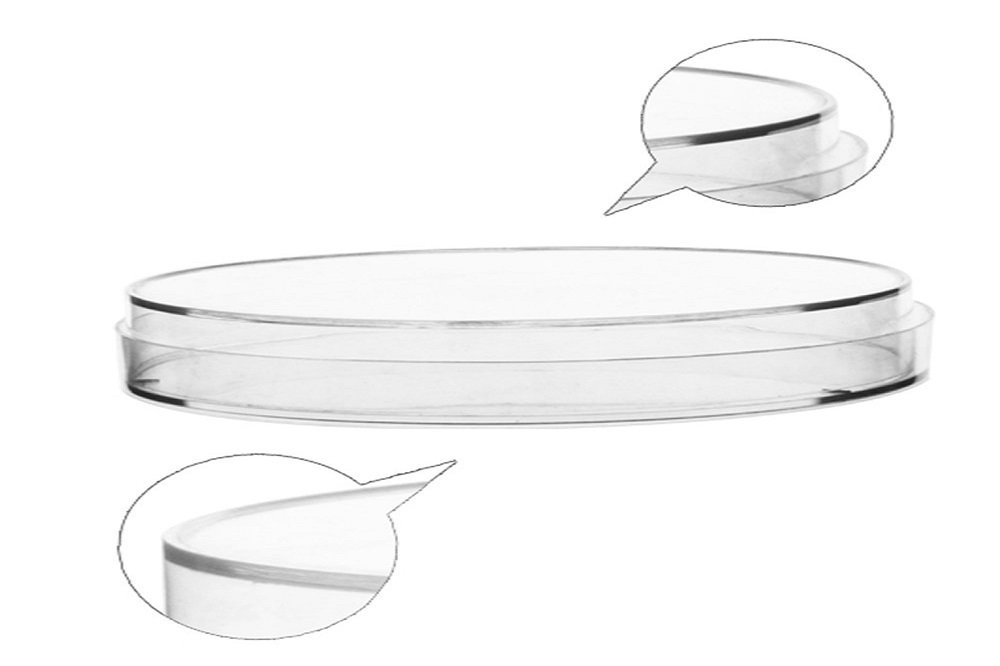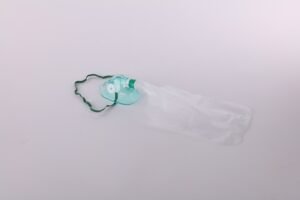Petri dish is a kind of experimental apparatus for microorganism or cell culture. It consists of a flat disc-shaped bottom and a cover, usually made of glass or plastic. The materials of Petri dishes are basically divided into two types, mainly plastic and glass. Glass can be used for monolayer culture of plant materials, microbial culture and animal cells. The plastic may be made of polyethylene, one-time and multiple-use, suitable for laboratory inoculation, streaking, and bacterial isolation operations, and can be used for the cultivation of plant materials.
Hangzhou ROLLMED carefully classifies Petri dishes, and buyers will definitely find products that meet their requirements. Non-toxic sterility is the first conditions for culturing cells in vitro culture dishes. In order to ensure that cells can grow and reproduce in vitro, sterile working area, good personal hygiene, sterile reagents and culture media and sterile operations must be ensured.

Disposable plastic Petri dishes is a sterile products, which can reduce labor intensity of laboratory staff, reduce labor costs of enterprises and improve the accuracy of inspection. Culture plates with different shapes have different uses. For culturing cells, flat-bottomed ones are usually used to facilitate observation under the microscope. The bottom area is clear, and the liquid level of the cell culture is relatively even. Therefore, when doing MTT and other experiments, whether it is adherent cells or suspension cells, a flat plate are generally used. A flat-bottomed culture plate must be used to measure the absorbance value.
Hangzhou ROLLMED Petri dishes have complete specifications, support customer customization, and strictly control product details and materials. The Petri dish has high transparency, which is convenient to observe. It can be sterilized by ethylene oxide or irradiation to maximize the accuracy of inspection.





